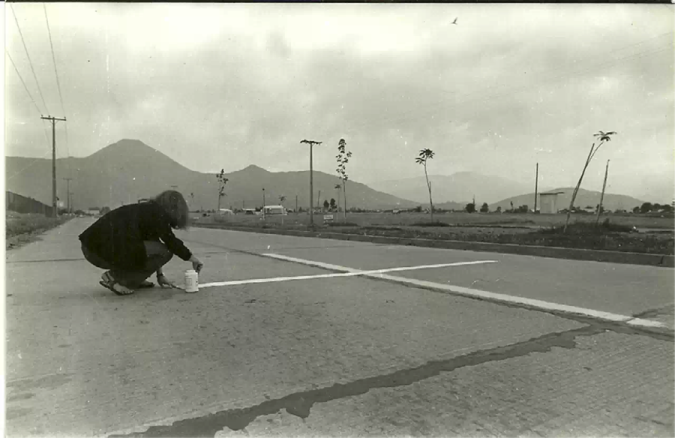For the inaugural meeting of this year’s Latin American Forum on September 9th, Professor Edward Sullivan moderated a panel discussion titled Modes of Defiance: Latin American Art, 1970 to the Present, which met in conjunction with the exhibition Bearing Witness: Art and Resistance in Cold War Latin America at John Jay College of Criminal Justice (now closed). The panelists included two IFA alumnae, Dr. Estrellita Brodsky, a chief curator of the exhibition, and Dr. Jason Dubs, the Museum Research Consortium Project Manager at The Museum of Modern Art, as well as Dr. Joaquin Barriendos, Assistant Professor at Columbia University, and Dr. Claudia Calirman, Assistant Professor at John Jay College.
Looking at artwork from Latin America during moments of violence and oppression – both historical and contemporary – the panelists spoke about the ways in which art can engage in various strategies of resistance. In discussing the scope of Bearing Witness, Dr. Brodsky laid out a few questions taken up by the exhibition that also served as touchstones for the following panelists. Probing the roles that historical images of violence play in today’s world (one already saturated with violent imagery), Dr. Brodsky asked if a work of art can help us understand our own complicity in the acts of injustice represented in the show and how it might compel us to respond. This raises important questions about what an artwork can accomplish through implicating the viewer. While not explicitly addressed in the panel, I found myself wondering: is the primary function of artwork that engages with powerful images of violence to spread awareness? Can, or should, the artwork do more? Perhaps most significantly, what is the responsibility of the viewer when encountering this kind of work? Questions about an artwork’s political agency emerged as the underlying framework for each of the panelists’ presentations.
Speaking on issues of witnessing and documentation, Dr. Barriendos discussed the ways in which archival material has been employed in exhibition settings as a way to provide witness accounts of violence. Calling for the creative reactivation of historical context within the space of the museum, Dr. Barriendos outlined several projects, such as Luis Camnitzer’s 1969 work Masacre de Puerto Montt (Massacre of Puerto Montt). Examples like this one offer alternative, often performative, methods of bearing witness in an endeavor to eliminate the perceived distance between the viewer and the artwork.

